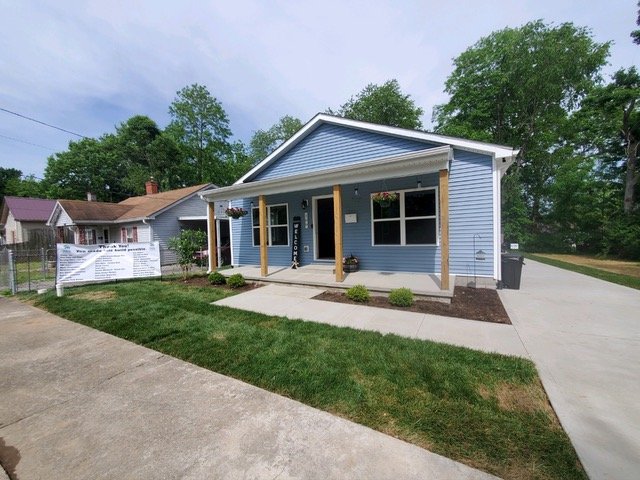
Facts about Housing
Why is Habitat for Humanity needed?
The world is experiencing a global housing crisis.
In 2020, it was estimated the world slum population reached almost 1 billion.
Lack of clean water and sanitation claim the lives of more than 1.8 million young children every year.
In the United States, 48.5 million people are living in poverty
Minimum wage is not keeping up with the rising cost of living and many workers struggle to afford decent housing.
Decent, stable housing provides more than just a roof over someone’s head
Stability for families and children.
Sense of dignity and pride.
Health, physical safety and security.
Increase of educational and job prospects.
The transformational ability of good housing
Clean, warm housing is essential for prevention and care of diseases of poverty like HIV/AIDS, tuberculosis, diarrhea, and malaria.
Children under 5 in Malawi living in Habitat for Humanity houses have 44 percent less malaria, respiratory or gastrointestinal diseases compared to children living in traditional houses.
Housing must become a priority
The percentage of people without access to decent, stable housing is rising.
Increasing the housing supply across the globe is essential.
Adequate housing is vitally important to the health of the world’s economies, communities and populations.
If we are to succeed in the fight against poverty, we must support the expansion of housing both as policy and as practice.
Learn how Habitat is making a difference:
Habitat for Humanity International’s annual reports
What We Build
What are Habitat Houses like?
Simple, decent, and affordable.
Habitat houses around the world are built according to the same 3 guiding principles:
Simple
Habitat houses are modestly-sized. They are large enough for the homeowner family's needs, but small enough to keep construction and maintenance costs to a minimum.
Decent
Habitat for Humanity uses quality, locally-available building materials. Habitat house designs reflect the local climate and culture.
Affordable
The labor of volunteers and partner families, efficient building methods, modest house sizes and no-profit loans make it affordable for low-income families to purchase Habitat houses.
Habitat houses in the United States and Canada are typically built using wood frame construction, Gypsum board interior walls, vinyl siding and asphalt shingle roofs. Some affiliates also use proven alternative building materials such as adobe or straw bale construction.
U.S. and Canadian Habitat houses are modestly-sized by North American standards. Habitat’s guidelines dictate that a 3-bedroom Habitat house may have no more than 1,050 square feet of living space.
Habitat for Humanity’s commitment to build with people in need readily extends to those with disabilities. When possible, Habitat houses incorporate basic accessible design features, such as a zero-step entrance and wide passage doors and hallways. Houses built in partnership with families with disabilities include additional accessibility features.
